Overhaul
An overhaul involves stripping the machine and thoroughly inspecting it visually, electrically and mechanically.
1. Clean & Bake
If the motor windings or insulation are in poor condition or the stator is burnt, a rewind is required. If the windings are found to be in satisfactory condition, we perform what is known as a ‘Clean and Bake’. This involves careful cleaning of the windings, stator, and armature, coating the internals with a protective lacquer, and baking it in an oven for several hours to cure it. This same procedure is used on motors that have been exposed to water.
2. Bearings & Housings
The majority of motors we see in for repair at AEM are caused by bearing failure. That’s why we ensure that all bearing housings, bearing journals, shaft diameters, and shaft run-outs are within measurement tolerances as reccomended by EASA and SKF. If measurements are outside of tolerance, we use a variety of techniques to correct it, including machining, metalspraying and resleeving. All bearings are replaced with new bearings of identical or superior specification.
3. Commutators
Commutators (if any) are skimmed, undercut, and bevelled to ensure good contact and conductivity.
4. Motor Frame & Painting
Where required, the motor frame and endshields are repaired, sandblasted and then painted with single or two pack epoxy paint.
5. Re-assembly & Testing
The motor is then reassembled, electrically tested once more, and test run for at least 30 minutes. If all tests pass, the motor is fitted with a shaft lock, and wrapped and packed for transport.
Load Testing
AEM is also able to offer load testing on AC and DC motors. Load testing is a process of identifying a motor’s efficiency and determining its behavior under the normal peak loads.


